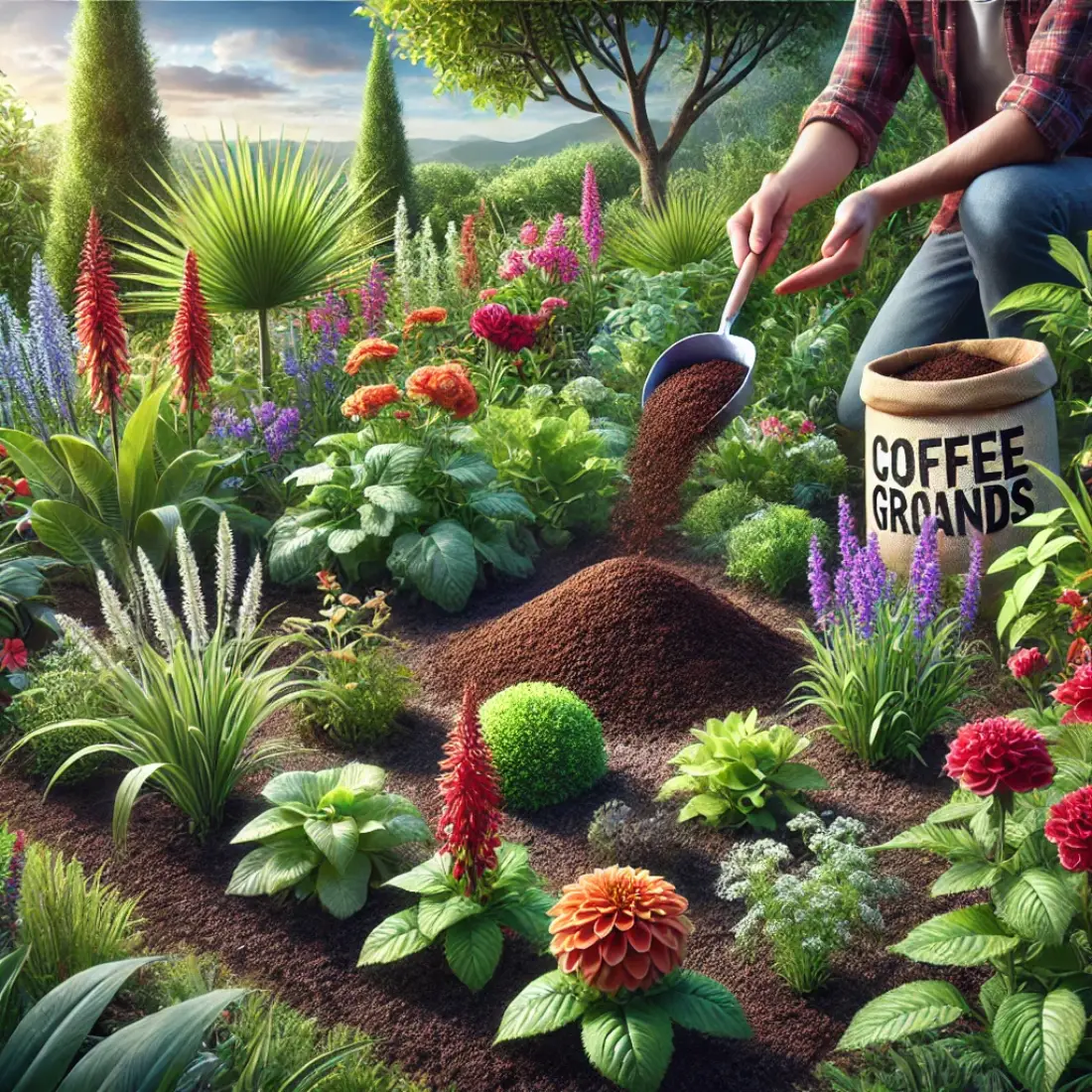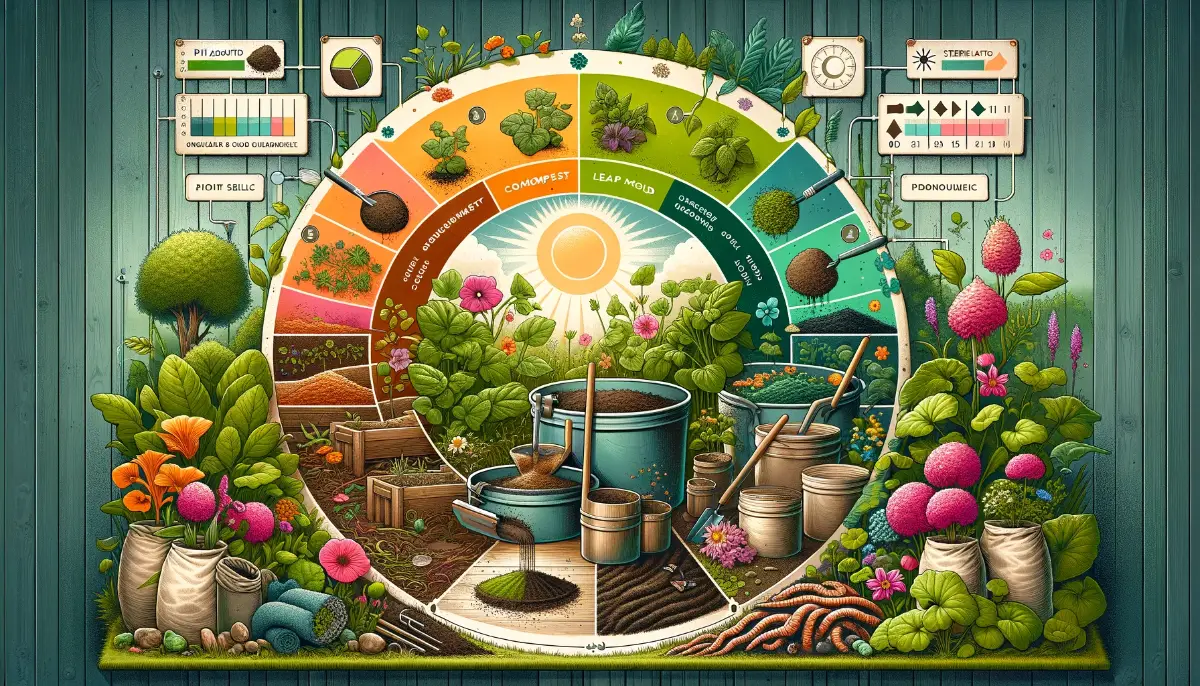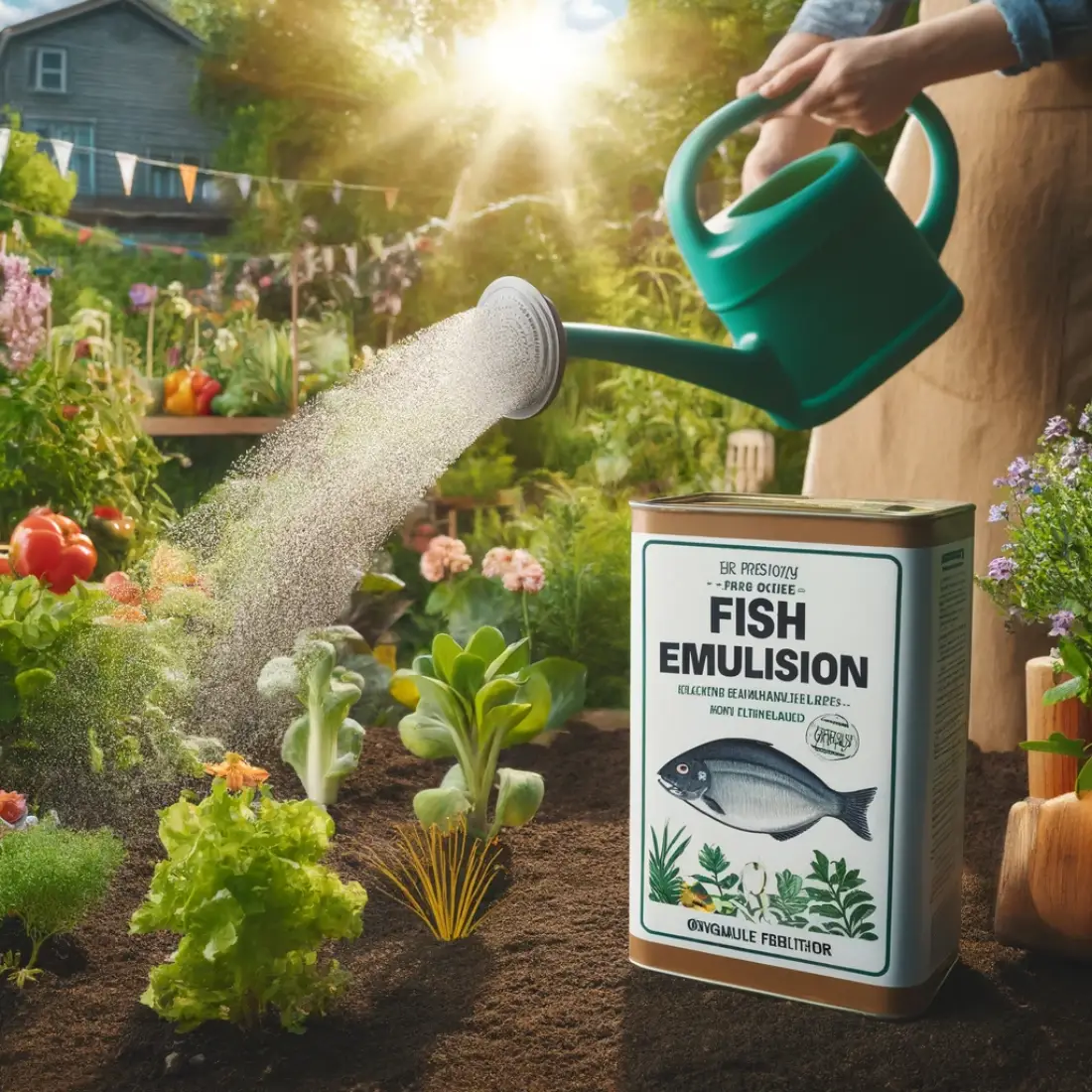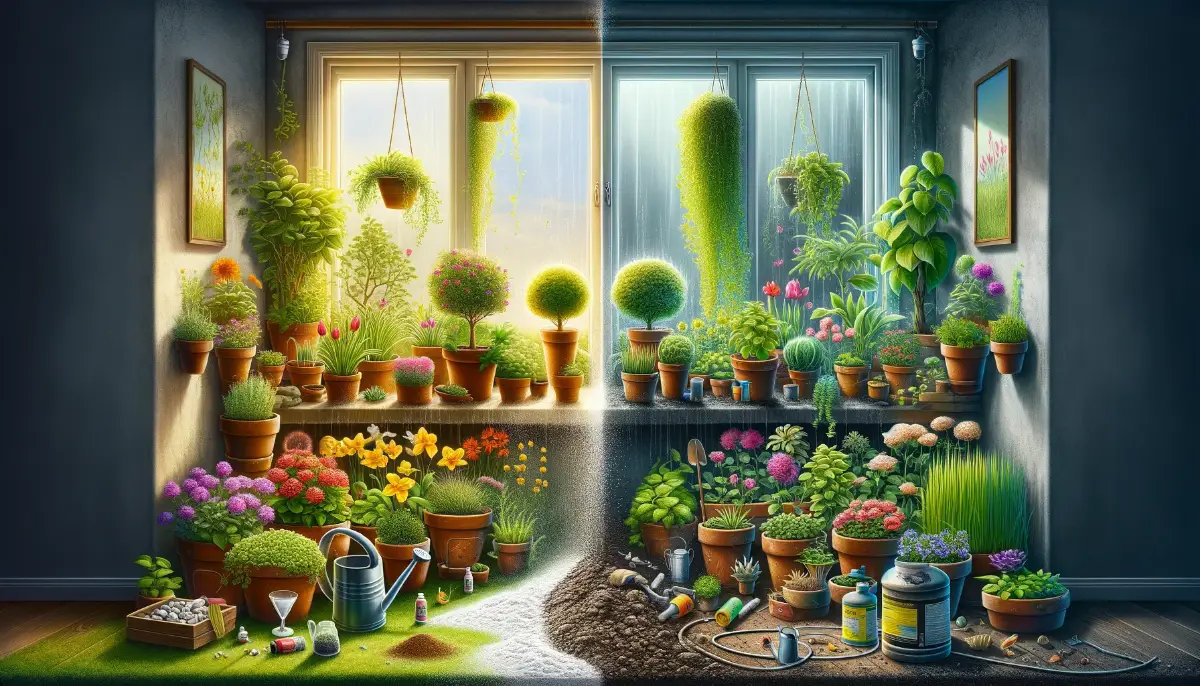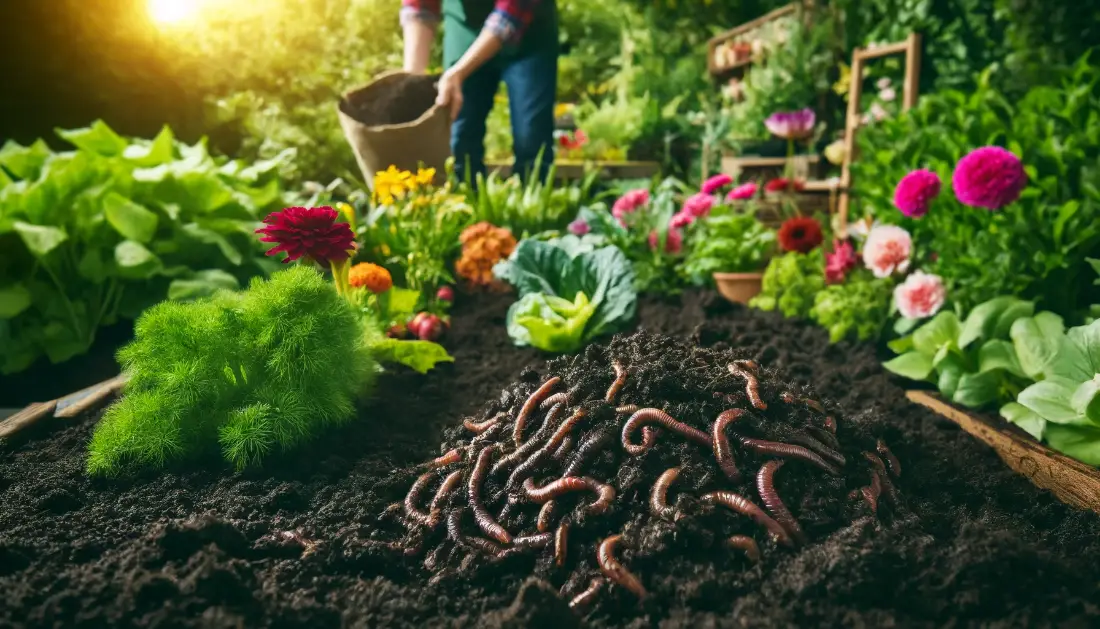Your morning ritual is about to become a key ally in your journey toward greener, more vibrant indoor gardens. Beyond their role in kick-starting our day, coffee grounds offer an untapped potential that goes unnoticed in the hustle of daily life. In the embrace of sustainable living and eco-conscious choices, discover how these humble leftovers from your coffee maker can transform the health and beauty of your indoor plants.
Benefits of Using Coffee Grounds in Your Garden
Coffee grounds are a versatile and eco-friendly addition to any garden. They offer numerous benefits that can transform your garden into a thriving, lush environment. Here are some of the primary advantages:
Nutrient-Rich Soil
Coffee grounds are packed with essential nutrients like nitrogen, potassium, and phosphorus. These nutrients are crucial for plant growth and development. When you add coffee grounds to your garden soil, they slowly release these nutrients, providing a steady supply to your plants. This helps in promoting healthier and more vigorous growth.
Improved Soil Structure
The texture of coffee grounds can significantly improve the structure of your garden soil. They help to aerate the soil, making it lighter and fluffier. This enhanced soil structure allows roots to grow more easily and access the nutrients and water they need. Moreover, it facilitates better drainage, preventing waterlogging and root rot.
Water Retention
Coffee grounds have excellent water-retention properties. When mixed into the soil, they help to hold moisture, ensuring that your plants have a consistent supply of water. This is particularly beneficial during dry periods or in regions with low rainfall. By retaining moisture, coffee grounds reduce the frequency of watering needed, making garden maintenance easier and more efficient.
Organic Matter and Composting
Adding coffee grounds to your compost pile enhances the composting process. They act as a green material, providing nitrogen that helps in the breakdown of organic matter. This results in rich, dark compost that can be used to enrich your garden soil further.
Coffee grounds also help to balance the carbon-to-nitrogen ratio in the compost, speeding up decomposition and improving the overall quality of the compost.
Natural Pest Repellent
Coffee grounds can act as a natural pest repellent. They are known to deter common garden pests like slugs and snails. The abrasive texture of the grounds is unpleasant for these pests, keeping them away from your plants. Additionally, the strong scent of coffee can repel other insects, reducing the need for chemical pesticides.
Supports Beneficial Microorganisms
The presence of coffee grounds in your garden soil supports the growth of beneficial microorganisms. These microorganisms play a vital role in breaking down organic matter, releasing nutrients into the soil, and promoting healthy plant growth. By fostering a healthy soil ecosystem, coffee grounds help create a sustainable and thriving garden environment.
DIY Projects with Coffee Grounds
Coffee grounds are not only beneficial for your garden soil but can also be used in various DIY projects that enhance your gardening experience. Here are some creative and practical ways to use coffee grounds in your garden.
Fertilizer Tea
Making fertilizer tea from coffee grounds is a simple and effective way to provide your plants with a nutrient-rich boost.
Step-by-Step Guide:
- Collect used coffee grounds and allow them to dry.
- Place the dried coffee grounds into a large container, such as a bucket.
- Fill the container with water, using a ratio of 1 cup of coffee grounds to 5 gallons of water.
- Let the mixture steep for 24 hours, stirring occasionally.
- Strain the liquid into a watering can or spray bottle.
- Use this liquid fertilizer to water your plants or spray on foliage for a nutrient boost.
This fertilizer tea provides your plants with a quick shot of nitrogen and other essential nutrients.
Coffee Ground Pots
Creating biodegradable seedling pots from coffee grounds is an eco-friendly way to start your plants.
Materials Needed:
- Used coffee grounds
- Old newspapers
- A small container (like a yogurt cup) for molding
Instructions:
- Mix used coffee grounds with shredded newspapers to create a moldable pulp.
- Add water to the mixture until it reaches a dough-like consistency.
- Press the mixture into the small container to form a pot shape.
- Allow the pots to dry completely in a sunny spot or bake them at a low temperature to speed up the process.
- Once dry, fill the pots with soil and plant your seeds.
These pots can be planted directly into the ground, where they will break down and enrich the soil as the seedlings grow.
Coffee Grounds Compost
Using coffee grounds in your compost pile can significantly improve the quality of your compost.
Steps to Incorporate Coffee Grounds into Compost:
- Collect Coffee Grounds: Save your used coffee grounds in a container. You can also ask local coffee shops to give you their used grounds.
- Layering: Add coffee grounds to your compost pile as a green material. Aim for a balanced mix of green (nitrogen-rich) and brown (carbon-rich) materials.
- Mixing: Ensure that the coffee grounds are mixed well with other compost materials. This helps to aerate the pile and speeds up decomposition.
- Moisture Management: Keep the compost pile moist, but not waterlogged. Coffee grounds can help to retain moisture in the pile.
- Turning the Pile: Regularly turn the compost pile to provide oxygen and promote even decomposition.
Coffee grounds help to balance the carbon-to-nitrogen ratio in your compost, resulting in a richer, more fertile compost that can be used to enhance your garden soil.
Coffee Ground Mulch
Using coffee grounds as mulch can help retain soil moisture and suppress weeds.
How to Apply Coffee Ground Mulch:
- Collect and Dry: Gather used coffee grounds and allow them to dry.
- Spread Evenly: Apply a thin layer (no more than half an inch thick) of coffee grounds around the base of your plants.
- Mix with Other Mulch: For best results, mix the coffee grounds with other organic mulch materials like straw or wood chips. This prevents the coffee grounds from compacting and creating a barrier that water cannot penetrate.
- Reapply as Needed: Refresh the coffee ground mulch every few weeks to maintain its effectiveness.
Coffee ground mulch helps to conserve soil moisture, regulate soil temperature, and reduce weed growth, making it an excellent addition to your garden maintenance routine.
Common Mistakes to Avoid
While using coffee grounds in your garden offers numerous benefits, it’s essential to use them correctly to avoid potential pitfalls. Here are some common mistakes to watch out for:
Overuse of Coffee Grounds
Using too many coffee grounds can lead to an imbalance in your soil. Coffee grounds are high in nitrogen, and excessive amounts can cause nitrogen overload, which may harm your plants. Additionally, a thick layer of coffee grounds can compact and form a barrier, preventing water and air from reaching the soil. To avoid this, always use coffee grounds in moderation and mix them well with other organic materials.
Incorrect Application
Applying coffee grounds directly onto the surface of the soil can lead to issues such as mold growth and poor water infiltration. To use coffee grounds effectively, always mix them into the soil or compost pile. When using as mulch, ensure they are spread thinly and combined with other mulching materials to prevent compacting and promote proper drainage.
Using Coffee Grounds on All Plants
Not all plants benefit from coffee grounds. Some plants, like tomatoes and certain flowering plants, can be sensitive to the acidity and high nitrogen content. Research the specific needs of your plants before applying coffee grounds. Acid-loving plants like azaleas, blueberries, and rhododendrons benefit the most from coffee grounds, while others may require a different soil amendment.
Ignoring pH Balance
Coffee grounds can slightly acidify the soil over time. If your garden soil is already acidic, adding more coffee grounds can exacerbate the problem. Regularly test your soil’s pH levels to ensure it remains within the optimal range for your plants. If necessary, adjust the pH by adding lime or other alkaline materials to balance the acidity.
Neglecting Compost Balance
When adding coffee grounds to your compost, it’s crucial to maintain a proper balance of green and brown materials. Coffee grounds are considered green materials due to their nitrogen content. To avoid a nitrogen imbalance, always mix coffee grounds with an adequate amount of brown materials like dried leaves, straw, or cardboard. This balance ensures efficient decomposition and results in high-quality compost.
FAQs about Using Coffee Grounds
What plants do not like coffee grounds?
Not all plants benefit from coffee grounds. Plants like tomatoes, clover, and certain flowering plants can be sensitive to the acidity and high nitrogen content. It’s best to use coffee grounds for acid-loving plants such as azaleas, blueberries, and rhododendrons.
How often should I use coffee grounds in my garden?
Coffee grounds can be added to your garden every 1-2 weeks. When used in moderation and mixed with other organic materials, they provide a steady supply of nutrients without overwhelming the soil.
Can I use flavored coffee grounds?
It’s best to avoid using flavored or sweetened coffee grounds in your garden. The added sugars and artificial flavors can attract pests and may not break down as easily as plain coffee grounds.
Are coffee grounds good for all types of soil?
Coffee grounds are particularly beneficial for sandy and clay soils. They help improve soil structure, aeration, and water retention. However, if your soil is already acidic, use coffee grounds sparingly to avoid further increasing the acidity.
How do coffee grounds affect soil pH?
Coffee grounds are slightly acidic and can lower the pH of your soil over time. Regularly testing your soil’s pH and adjusting as necessary with lime or other alkaline materials will help maintain the optimal pH balance for your plants.
Can coffee grounds prevent weeds?
Yes, coffee grounds can help suppress weed growth. When used as mulch, they create a barrier that prevents weed seeds from germinating and growing. Mixing them with other mulch materials can enhance their effectiveness.
Do coffee grounds attract pests?
While coffee grounds can deter pests like slugs and snails, they may attract others if not used properly. Mixing coffee grounds with other organic materials and ensuring they are not applied too thickly can help prevent attracting unwanted pests.
Can I use coffee grounds directly on the soil?
It’s better to mix coffee grounds into the soil or compost rather than applying them directly on top. Direct application can lead to mold growth and compacting, which may hinder water and air flow to the roots.
How do coffee grounds benefit compost?
Coffee grounds add nitrogen to your compost, which helps break down organic matter more quickly. They balance the carbon-to-nitrogen ratio when mixed with brown materials like dried leaves, resulting in richer, more fertile compost.
What are the signs of using too many coffee grounds?
Signs of overuse include yellowing leaves, stunted plant growth, and moldy soil. To avoid this, always use coffee grounds in moderation and mix them with other organic materials to ensure a balanced nutrient supply.

